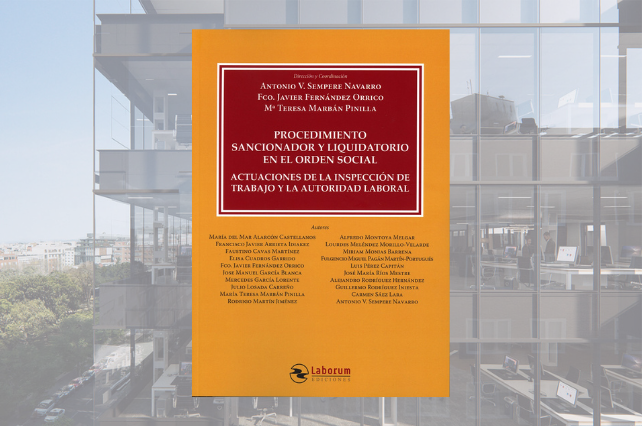The RED Mechanism for Flexibility and Employment Stabilization created under the 2021 Labor Reform will allow companies to implement measures for reducing working hours or suspending employment contracts, subject to prior action by the Government for its activation.
Such activation may either be cyclical, occurring when the general macroeconomic situation recommends the adoption of additional stabilization instruments, for a duration of one year, or it may be sectoral, in sectors where permanent changes are observed that generate needs for reskilling and professional transition processes for workers. In the latter case, the initial maximum duration of one year may be extended by two six-month extensions.
In the sectoral modality, the most representative trade union and business organizations may request the relevant Ministries—of Labor and Social Economy, Economic Affairs and Digital Transformation, and Inclusion, Social Security and Migration—to convene the Tripartite Commission of the RED Mechanism, created for this purpose. This commission will meet within fifteen days and, after analyzing and justifying the need, will submit a request for the activation of the RED Sectoral Mechanism to the Council of Ministers.
Once the Mechanism is activated, in either of its two modalities, companies may voluntarily request the labor authority to reduce working hours or suspend employment contracts at any of their work centers, following the procedure of ERTEs (Temporary Employment Regulation Files, ETOP). Once authorized, the individuals affected by this mechanism will be considered a priority group for access to training initiatives within the professional training system for employment in the labor sector.
Additionally, workers affected by this mechanism whose contracts are temporarily suspended or whose working hours are temporarily reduced, provided their salary is similarly reduced, will be eligible for a new benefit (which will come into effect on March 30, 2022). This will also apply to worker-members of labor societies and cooperatives, as well as worker-members of labor societies included in the General Social Security Regime or some special regimes covering unemployment contingency. In all cases, the labor or societal relationship must be prior to the authorization of the RED mechanism, specifically before the date of the Council of Ministers’ Agreement declaring activation.
The benefit will last for a maximum duration until the end of the RED mechanism’s application period in the company. This benefit will not count against previously made social security contributions.
The benefit will terminate if the individual exits the company or if a sanction is imposed in accordance with the Law on Infractions and Sanctions in Social Matters. The management of this benefit corresponds to the SEPE (Public Employment Service). To finance this benefit, as well as the training costs and contribution benefits, a RED Fund for Flexibility and Employment Stabilization will be established, under the Ministry of Labor and Social Economy. This fund will be supplemented by, among others, surpluses from unemployment benefits in both contributory and assistance levels, contributions from the General State Budget, and contributions from European Union funding instruments.
One year after the first activation of the RED mechanism, the Government and the most representative trade union and business organizations will analyze the need to adopt labor or Social Security measures to favor the professional transition of workers affected by the RED Mechanism in the future.
For companies, these mechanisms are complemented by a package of benefits related to social security contributions (new additional provision 39 of the LGSS). Companies may voluntarily opt for these exemptions. In any case, these benefits will be contingent upon maintaining employment.


